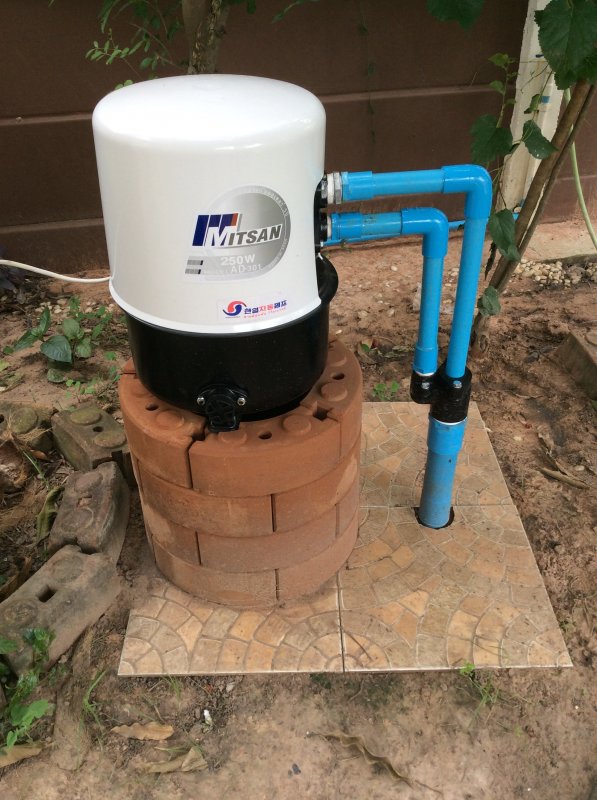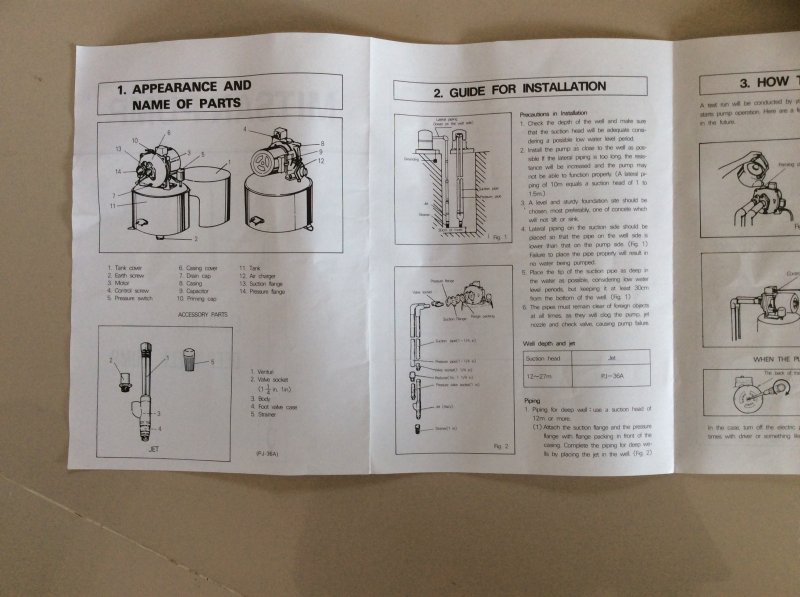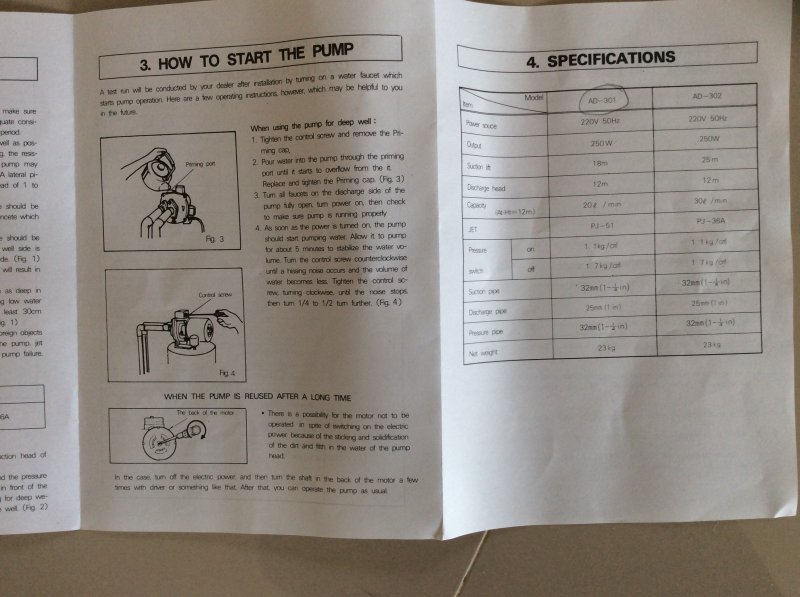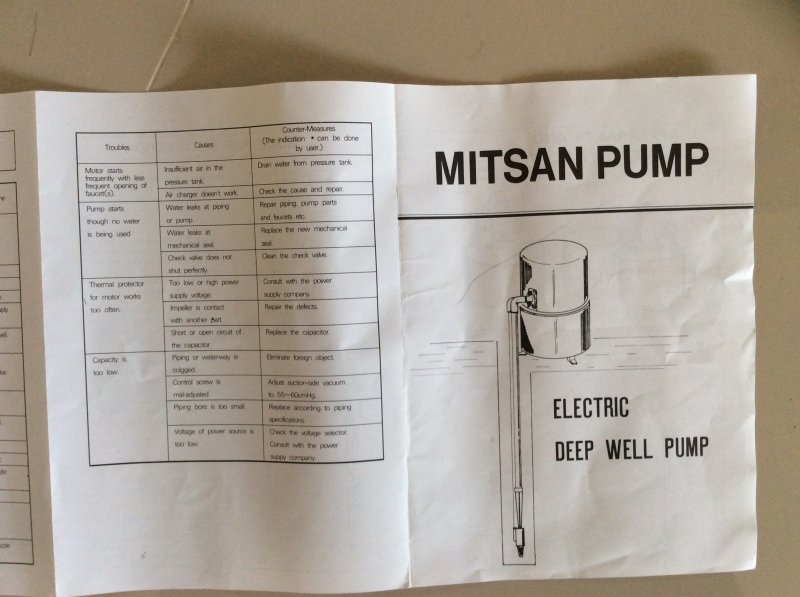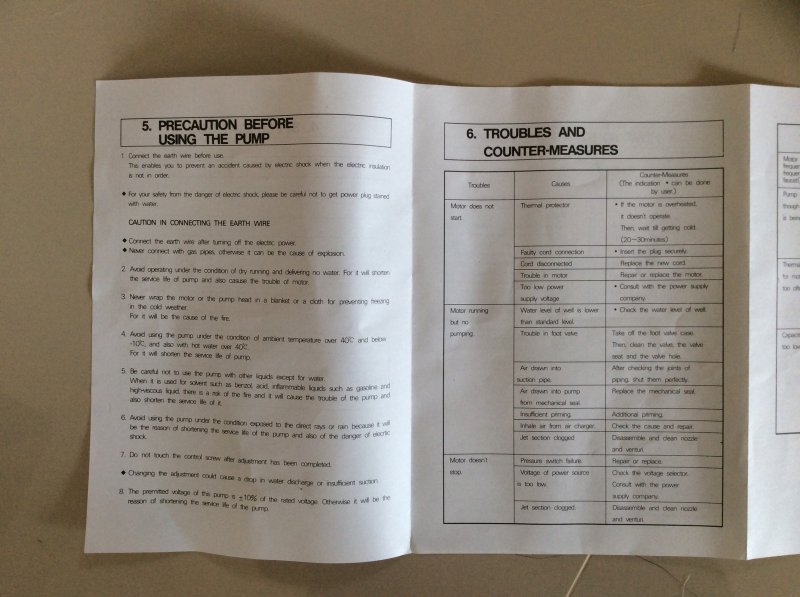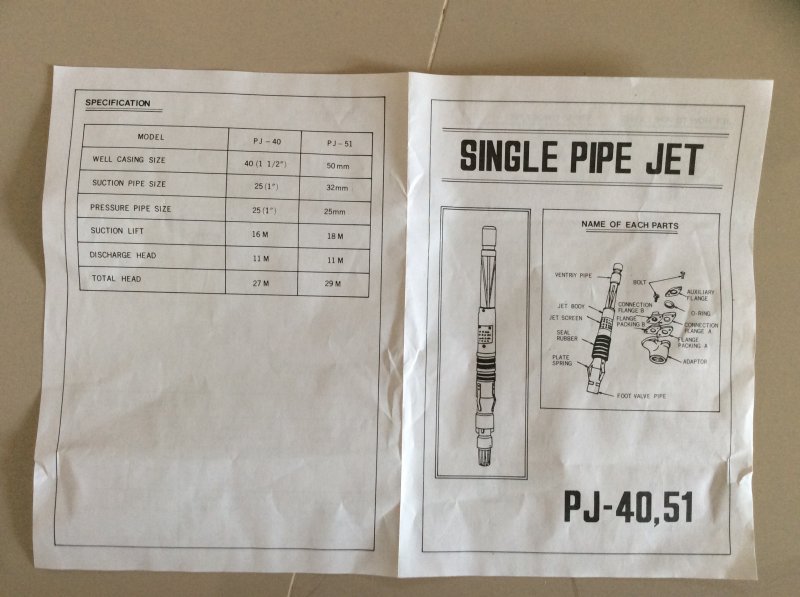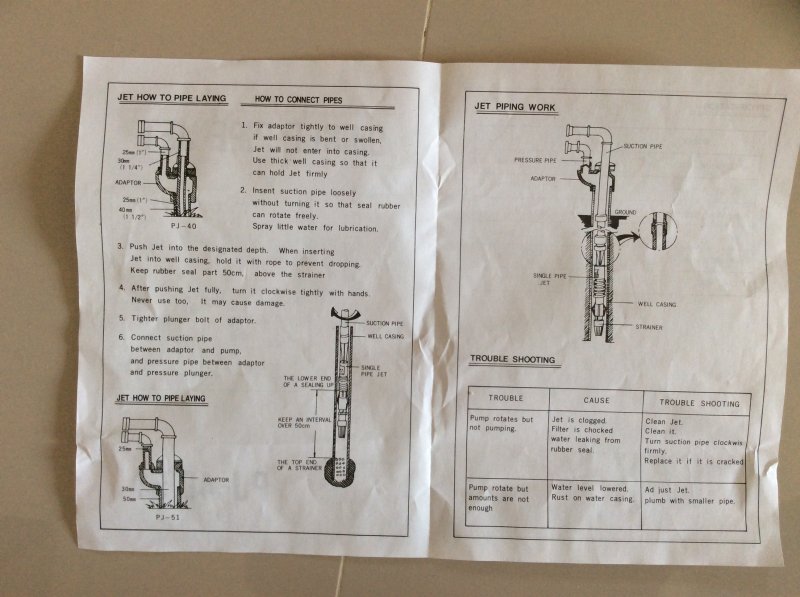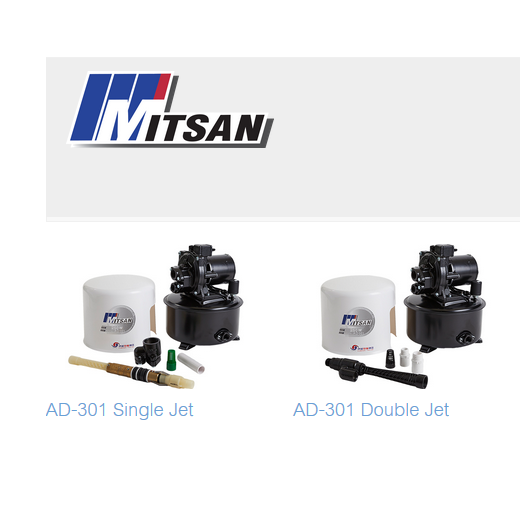Jeppe
Surin Legend
What has been going through my head is that the water table level where we live was 6 - 10 metres down 10 years ago and possibly was the same last year (I had no way of checking and no reason to check). If it's now dropped to -32 metres there's a damn good chance it's going to drop further before the year end considering the forecasts.
That we had to drill to 32 meter to get water, does not necessary mean that there are not water higher up in the ground.
I guess there is a big difference in a 1om well and a drill hole. A well have a lot more wall surface out to the ground around it compare to a drill hole.
Lets say that you have a 10m deep well with a diameter of 1,5m, and the water comes in only at the 3 lowest meter in the well. If you get 1000l pr 24h into the well, it will give you approx 41 liters pr hour. The surface area were the water will come in to the well in this example are 14m2(3.14*1.5m*3m). Which give you a flow of 2.94l pr m2 pr hour.
A 2”(5cm) drill hole at the same depth and same height the water will flow in, will be much lower. The surface area in the drill hole will be 0.47m2(3.14*0.05m*3m). So the flow in the drill hole will be around 1.38 liters pr hour. I guess that will be considered as no water come in to the drill hole.
With my GF parents in the Sikhoraphum area, they have a well approx 8 meter deep. They have water there all year round. But a guy I know that used to live nearby there drilled for water around 10 years ago. He had to drill to 20 meter to get water.
So I think that we can not directly compare a wide shallow well with a drill hole.
I know next to nothing about ground water, but this is my thoughts about it. Feel free to correct me if I am wrong.
p { margin-bottom: 0.1in; line-height: 115%; }

